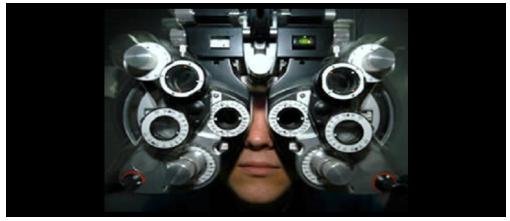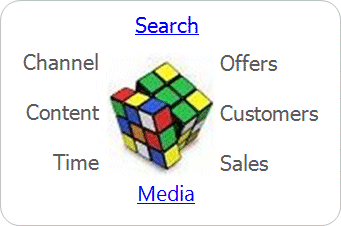This post may not be appropriate for everyone.
Arbitrage
The simultaneous purchase and selling of an asset in order to profit from a differential in the price.
This usually takes place on different exchanges or marketplaces. Also known as a “riskless profit”.
Risk Arbitrage Speeds Up Projects Four to Five Times
I ‘arbitrage’ risk when delivering services, projects or events by working with my client simultaneously on different project elements.
While this seems normal for most project managers, let’s look at the risk perspectives and you may discover something unusual that you can exploit.
The Purist
The purist will look at the definition above and instantly notice that a delivery of services to one client obviously doesn’t meet the definition of arbitrage.
However, even when we both work on the same part of the project or in ‘the same market’ we work in ‘parallel’ in that both parties work and educate each other simultaneously. We are in the same ‘physical’ place BUT in different intangible markets or spaces.
The Expertise Trader or Broker
When I employ risk arbitrage with my client projectss we are trading expertise simultaneously.
My expertise is the problem definition, perspective orientation, technology training, deployment support and end user tuning and training. The client’s expertise is in the transactional systems, datasets, internal technologies, processes, metrics, external customer and partner requirements.
Risk Disappears Magically
The movement of risk ‘away’ from the project happens because the client works in their ‘space’ and incur little to no risk in their knowledge zone. I minimize their execution risk associated to new technology or techniques. This is magical as I send risk to them which disappears when they work and they send risk to me which disappears when I work.
Tangible to Intangible Shift
The shift from the physical definition of arbitrage to intangible components defined in as expertise above allows me to deliver 4 to 6 weeks projects that would take other firms 6 months to deliver.
Understanding Intangible Risk Pays Large
Even when other suppliers match my quote to keep the work their delivers are one sided and they put their best people on the projects to get the work done ‘fast’. This however invariably leads to distress as the client is ignored not to ‘slow them down’.
When this happens the entire project risk returns, both knowledge risk and execution risk.
How Risk Arbitrage Works
Why is my approach risk arbitrage?
Let’s begin with the arbitrage definition above–there is profit by its successful deployment.
There is a ‘transaction’ in that the client buys expertise and has the expectation of an outcome in one portion of the project.
AND
I ‘buy’ the client’s ability to deliver expertise and a positive outcome in another part of the project.
What about the price differential?
The client’s internal ‘price’ of consulting services is lower than my external price.
BUT
The client receives knowledge transfer and solution(s) in parallel.
Use It or Lose It
If you don’t arbitrage risk, it will bite and usually not your client.
An ‘expert’ may not agree with my applying arbitrage to my project approach though I go beyond risk mitigation which is ‘playing defence’.
My risk arbitrage approach is purposeful, positive in thought and taught to clients so that they can achieve future benefits.
No Project Plan
Did I mention that I deliver projects without a typical project plan?
This is where I lose the traditional project managers, actuaries and those who like black and white.
My projects have objectives, tasks, deadlines and quotes but I work with clients to simultaneously deliver value in an integrated approach while employing risk arbitrage.
At the end of the week we determine where we are, where we must go and the balance of work.
We simultaneously design, build, train and tune because we employ off-the-shelf software with a flexible User Interface.
Sound fantastical?
Maybe, but I have plenty of references in Canada and the US.
Can I do that too?
Yes, use Risk Arbitrage.
I discovered this unique risk relationship by accident while delivering Microsoft based analytical solutions 5 years ago.
On the other hand if I was not a story teller and fully recovered accountant I wouldn’t have noticed.


